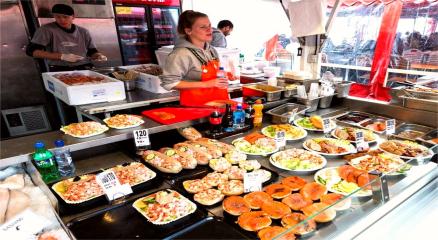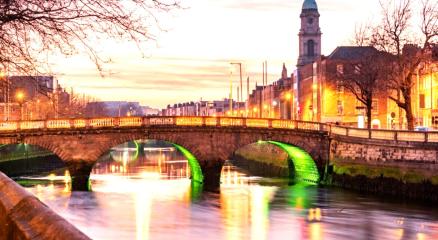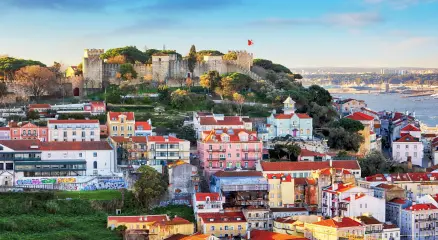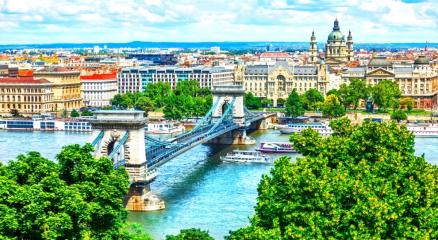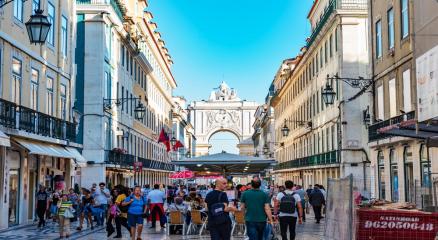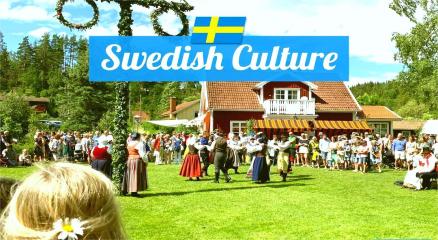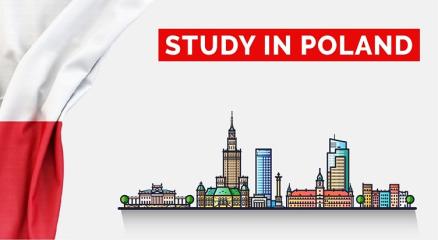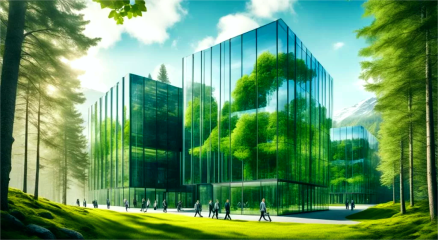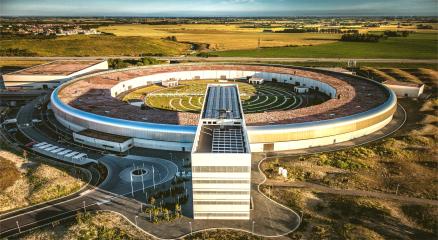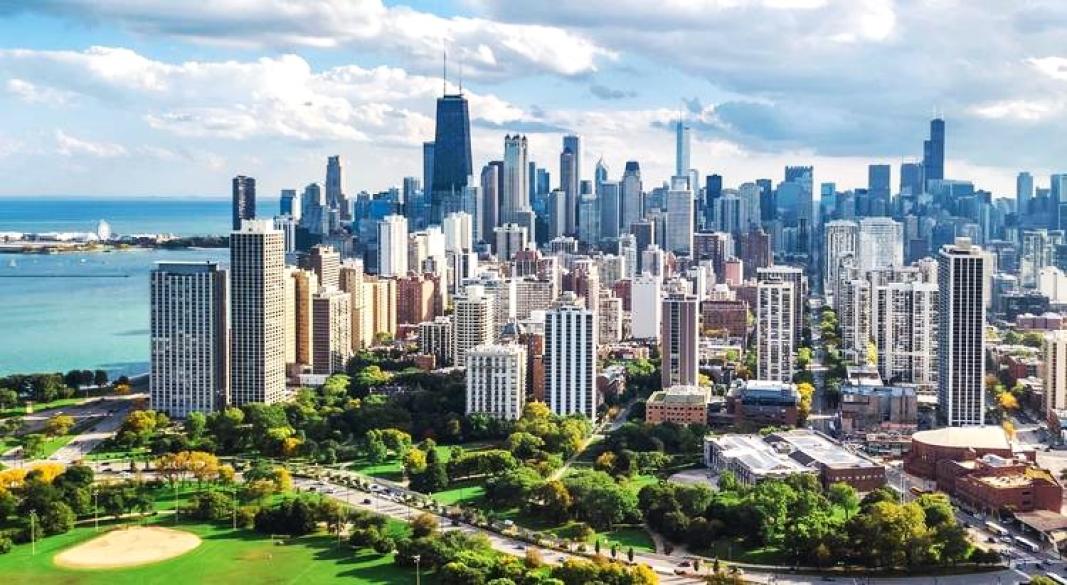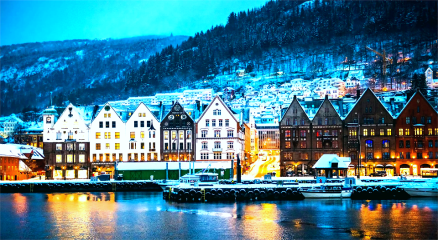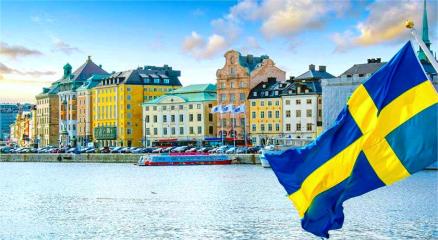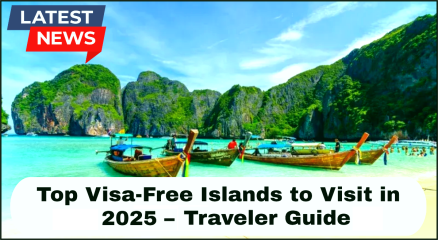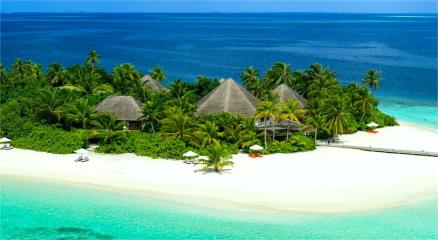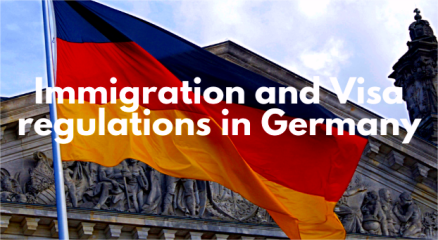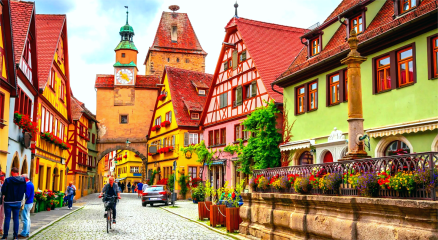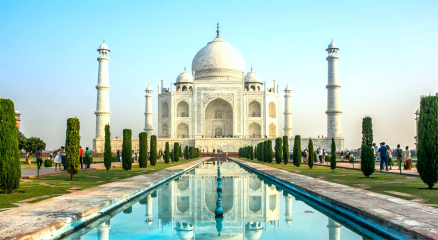Chicago: The Windy City’s Blend of Culture, Lakeside Charm, and Architectural Brilliance
Located on the southwestern shores of Lake Michigan, Chicago stands tall as the third-largest city in the United States. Known affectionately as "The Windy City," it’s a destination that offers something for everyone — from stunning architecture and vibrant neighborhoods to world-class museums and scenic lakefront views.
In this feature, we explore Chicago’s location, major tourist attractions, lakefront highlights, and what makes this Midwestern metropolis one of the most visited cities in the world.
Where Is Chicago Located?
Chicago is in the state of Illinois, nestled in the heart of the Midwestern United States. It lies in Cook County, though parts of the city also stretch into DuPage County. The city borders Lake Michigan to the east, giving it over 26 miles of scenic lakefront and 25 beaches.
Its central location makes it a major transportation and economic hub. With O'Hare International Airport and a dense network of railways and highways, Chicago is not just accessible — it’s a critical junction for national and international travel.
Tourist Attractions: Iconic Places to Visit in Chicago
Whether you’re a first-time visitor or a seasoned traveler, Chicago’s rich array of attractions never disappoints.
1. Millennium Park
Arguably the heart of Chicago’s cultural life, Millennium Park is home to the famous Cloud Gate, more commonly known as “The Bean.” This gleaming stainless-steel sculpture reflects the city skyline and is a must-see for tourists. The park also features lush gardens, fountains, and the Jay Pritzker Pavilion for live performances.
2. Navy Pier
Stretching out into Lake Michigan, Navy Pier is one of Chicago’s most visited attractions. It features a Ferris wheel, theaters, restaurants, museums, and boat cruises. Whether you’re traveling with kids or looking for a romantic lakeside walk, Navy Pier delivers.
3. The Art Institute of Chicago
With a collection that spans centuries and continents, the Art Institute of Chicago is one of the oldest and largest art museums in the U.S. From Grant Wood’s “American Gothic” to Georges Seurat’s “A Sunday on La Grande Jatte,” art lovers will be mesmerized.
4. Willis Tower Skydeck
Formerly known as the Sears Tower, the Willis Tower is an iconic part of Chicago’s skyline. Head to the Skydeck on the 103rd floor, and step onto “The Ledge” — a glass balcony offering unobstructed views straight down and across four states.
5. Chicago Riverwalk
This pedestrian-friendly path along the Chicago River is a newer attraction that’s quickly become a favorite. It offers waterfront cafes, kayak rentals, public art, and stunning perspectives of the city’s architectural wonders.
Chicago’s Love Affair with Architecture
Chicago is often considered the birthplace of the modern skyscraper, and it doesn’t disappoint architecture enthusiasts. The Chicago Architecture Center offers river cruises and walking tours that explore the legacy of Frank Lloyd Wright, Louis Sullivan, and Mies van der Rohe.
You’ll find everything from historic brownstones to contemporary glass towers, all narrating a story of innovation and resilience — particularly after the Great Chicago Fire of 1871, which prompted a building boom and architectural reinvention.
Lake Michigan: Chicago’s Natural Gem
Chicago owes much of its charm to its location on the shores of Lake Michigan, one of the five Great Lakes of North America. The lake is more than just a body of water — it’s a lifestyle.
1. Chicago’s Lakefront Trail
This 18-mile-long paved path runs from Hollywood Avenue on the North Side to 71st Street on the South Side, connecting many of the city’s major beaches and parks. It’s popular among joggers, bikers, skaters, and anyone looking to enjoy the city skyline alongside calming waves.
2. Beaches and Water Sports
With 25 public beaches, the lakefront transforms into a playground during the summer. North Avenue Beach and Oak Street Beach are especially popular for sunbathing, volleyball, and paddleboarding.
3. Lake Cruises and Boat Tours
Various cruises and water taxis operate along Lake Michigan and the Chicago River, offering unique views of the city’s skyline. Evening cruises are particularly breathtaking, with the city lights shimmering off the water.
Food, Music & Neighborhoods
Chicago is more than buildings and water — it's a cultural melting pot.
-
Food: Try Chicago-style deep-dish pizza, Italian beef sandwiches, and Chicago-style hot dogs. The city also boasts a growing fine-dining scene with multiple Michelin-starred restaurants.
-
Music: Known as the birthplace of Chicago blues, the city has a vibrant music scene that includes jazz, house, gospel, and hip-hop. Don't miss a live show at Kingston Mines or The Green Mill.
-
Neighborhoods: Explore Lincoln Park for its zoo and gardens, Wicker Park for indie vibes, Pilsen for murals and Mexican food, and Chinatown for authentic cuisine & culture.
Best Times to Visit
Chicago experiences all four seasons, each offering a unique experience:
-
Summer (June–August): Ideal for beaches, festivals, and outdoor dining.
-
Fall (September–November): Mild temperatures and beautiful foliage.
-
Winter (December–February): Cold but magical, with ice skating and winter lights.
-
Spring (March–May): Blooming parks and fewer tourists.
If you can time your trip, late spring and early fall provide the best of both worlds — pleasant weather and manageable crowds.
Conclusion: Why You Should Visit Chicago
From the glint of The Bean to the glittering waters of Lake Michigan, Chicago’s blend of culture, history, and natural beauty makes it one of the most complete travel destinations in the world. Whether you’re into art, architecture, food, or outdoor fun, the Windy City has something to offer.
So pack your bags, bring a camera, and let Chicago’s skyline and lakeside vibes captivate you.




